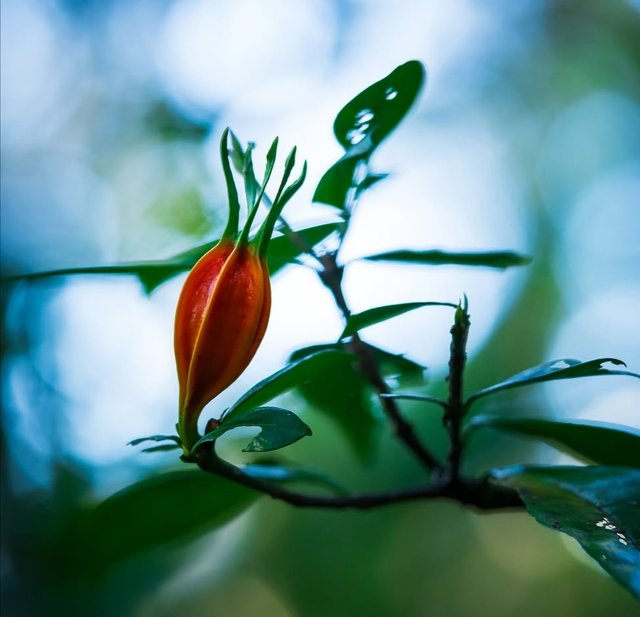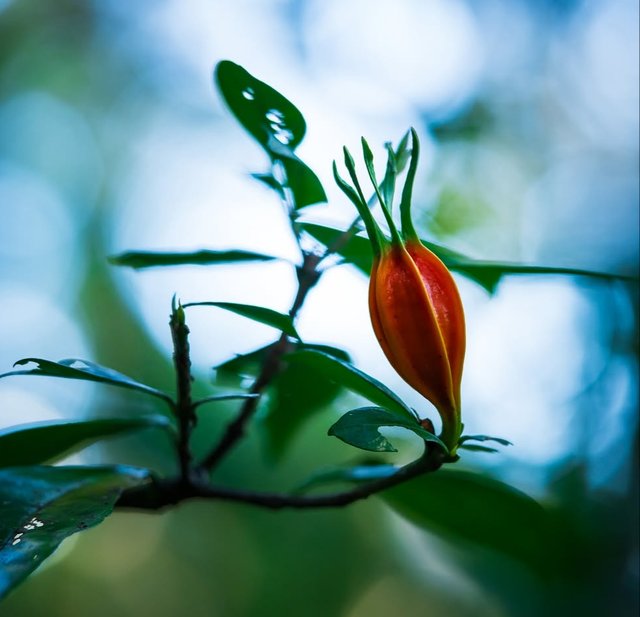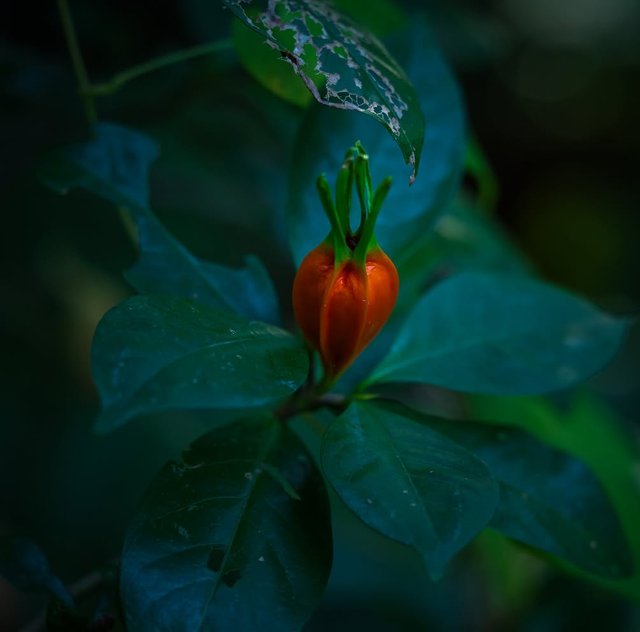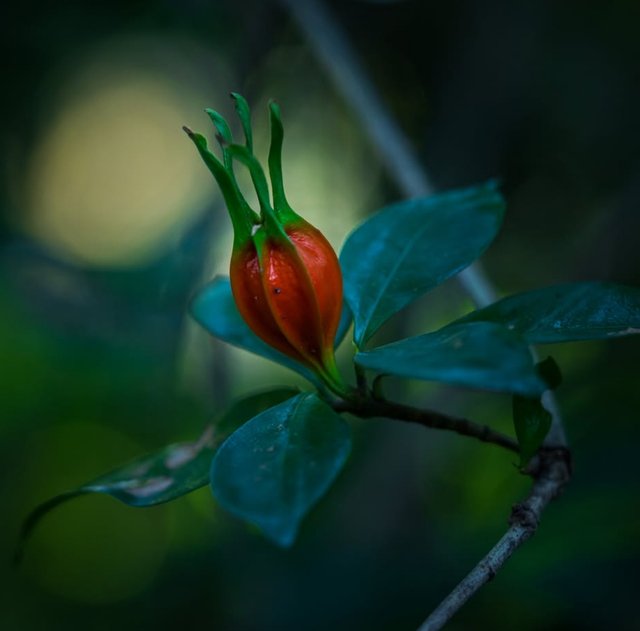Wonderful Tabernaemontana Orientalis Flower
Tabernaemontana orientalis: A Fascinating Tropical Shrub
Tabernaemontana orientalis, a member of the Apocynaceae family, is a captivating plant native to tropical regions. Known for its resilience and medicinal potential, this evergreen shrub or small tree thrives in diverse habitats, from coastal areas to forested regions. Its beauty, adaptability, and utility make it an important species in botany, horticulture, and traditional medicine.
Taxonomy and Botanical Description
Tabernaemontana orientalis belongs to the genus Tabernaemontana, which comprises about 100 species distributed across tropical and subtropical regions worldwide. The plant typically grows as a shrub or a small tree, reaching heights of 2–10 meters. It is characterized by its glossy, dark green leaves arranged in opposite pairs. The leaves are lanceolate or elliptic, with a leathery texture and a pronounced midrib.
The plant's flowers are particularly striking. They are white, star-shaped, and emit a sweet fragrance, attracting pollinators such as bees and butterflies. The flowers bloom throughout the year in optimal conditions, making the plant a popular ornamental choice. The fruit of T. orientalis consists of paired follicles that split open when ripe, revealing bright orange seeds embedded in a sticky pulp.
Habitat and Distribution
Tabernaemontana orientalis is predominantly found in tropical and subtropical regions of Asia, the Pacific Islands, and Australia. It thrives in a variety of environments, including rainforests, mangroves, and coastal dunes. Its adaptability to different soil types and tolerance for salt spray make it a resilient species capable of withstanding challenging environmental conditions.
Cultural and Medicinal Uses
In many indigenous cultures, T. orientalis holds significant medicinal value. The plant is a source of alkaloids, which have been studied for their pharmacological properties. The latex extracted from the plant has been traditionally used to treat wounds, infections, and skin ailments.
Some of its known applications include:Anti-inflammatory: Extracts from the plant are used to reduce inflammation and treat pain.
Antimicrobial: The latex and other parts of the plant exhibit antimicrobial properties, making them effective against certain bacterial and fungal infections.
Analgesic: The plant's alkaloids are known to provide pain relief, particularly for conditions like toothaches and joint pain.
Modern research has also investigated the potential of T. orientalis for treating neurological disorders and cancers, though more studies are needed to validate these claims.
Horticultural Significance
The ornamental appeal of Tabernaemontana orientalis cannot be overstated. Its year-round flowering, fragrant blooms, and attractive foliage make it a popular choice for gardens and landscapes. It can be grown as a standalone shrub or pruned into a hedge, adding aesthetic value to urban and rural spaces alike.
The plant prefers well-draining soil and thrives in sunny to partially shaded locations. Once established, it requires minimal care and is drought-tolerant, making it an ideal choice for low-maintenance gardens.




